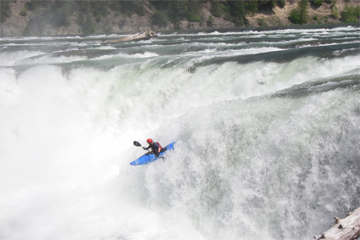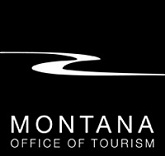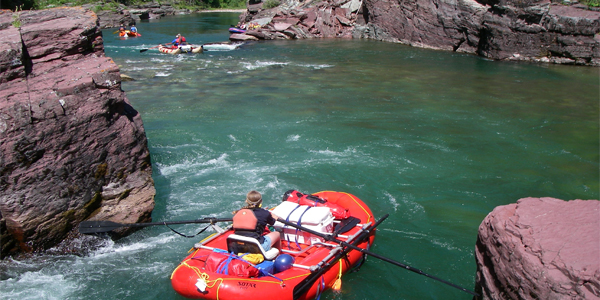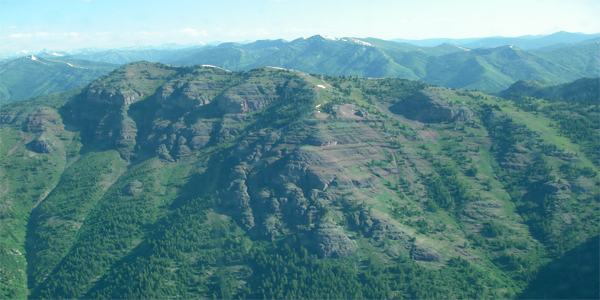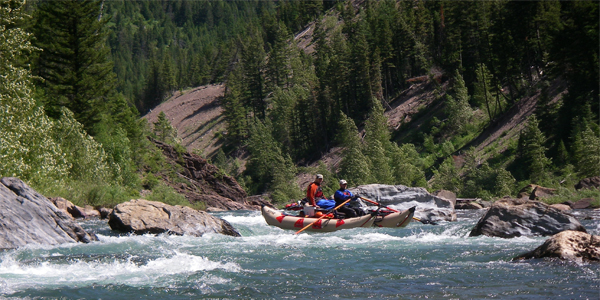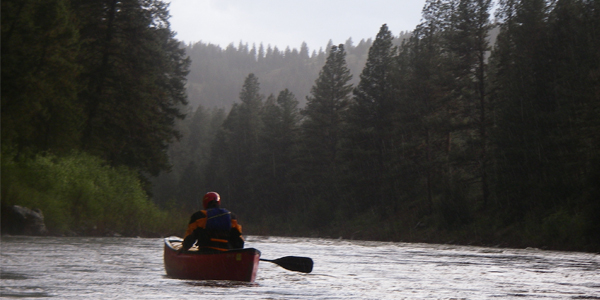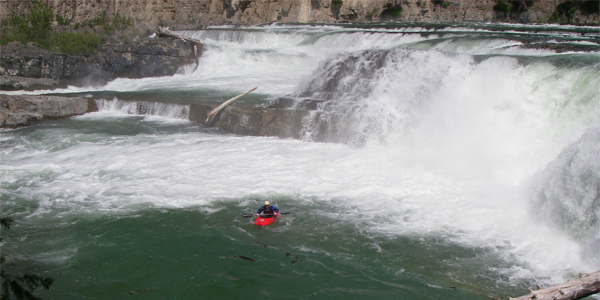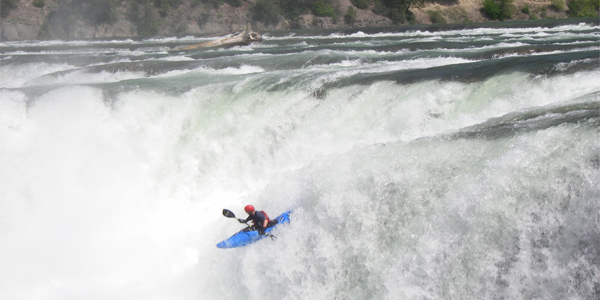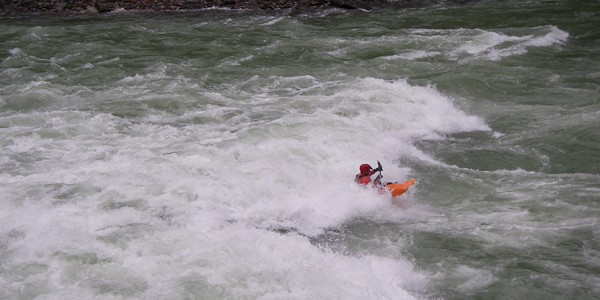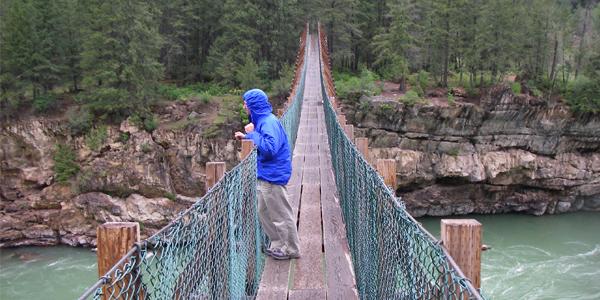This article has been created in partnership between Matador and our friends at the State of Montana.
As the last snowstorms leave their mark on the western Montana landscape, thoughts of rivers and boating begin to dominate my mind. Soon the enormous accumulation of snow nestled in the high country will find its way to area creeks and rivers, creating the opportunity for something truly remarkable — exploring the northern Rocky Mountains by boat.
